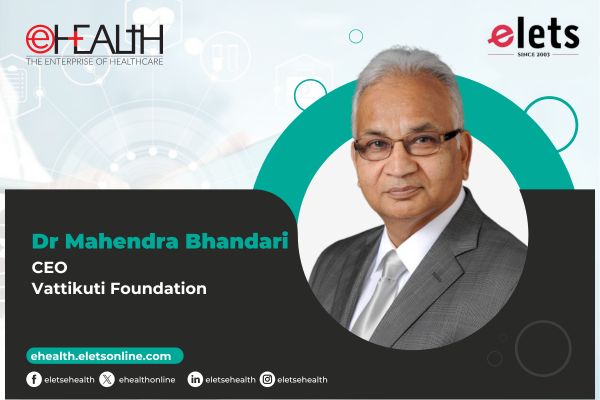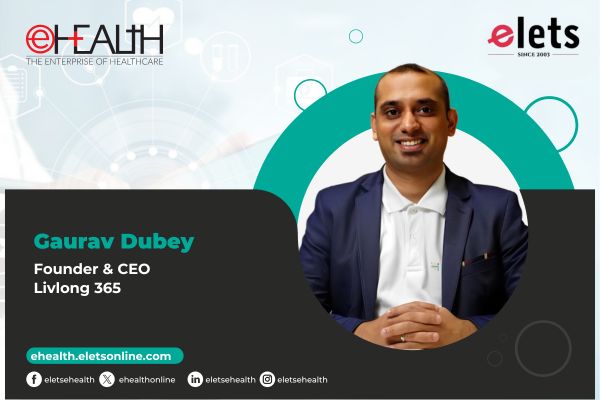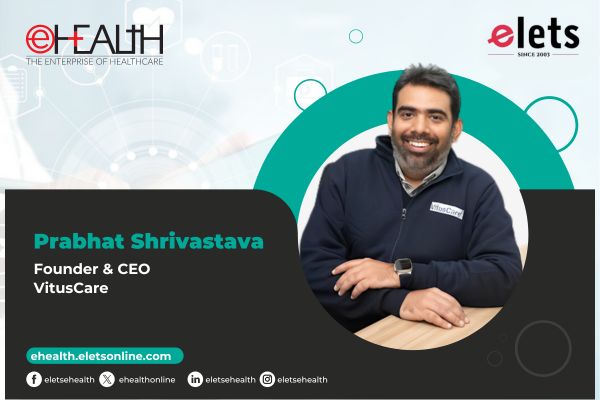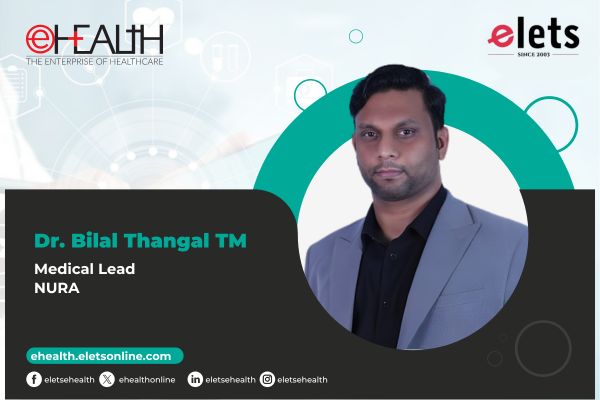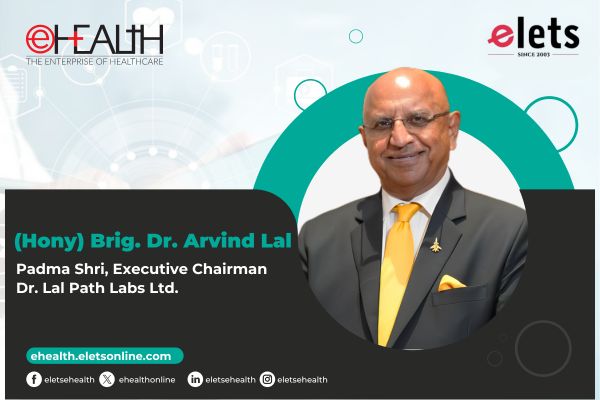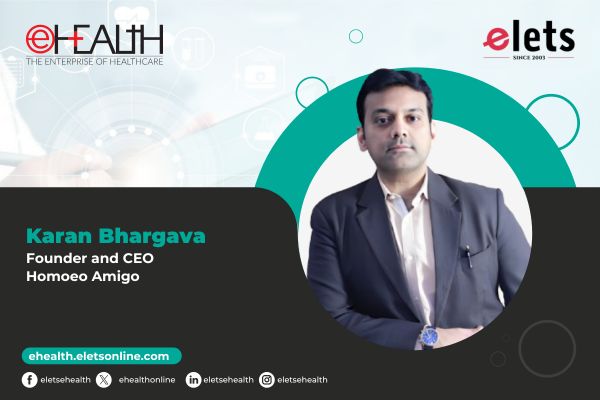Interview with Dr. Mitchell Levy
Q. Kindly share whith us the vision behind the Surviving Sepsis Campaign?
|
|
It is a global effort, which has involved North America, Europe, Latin America, India and China, over the past 4-5 years. It’s goal has been to increase awareness of sepsis and encourage early diagnosis and treatment of this critical illness.
Q. What initiatives are being taken to create awareness about sepsis?
A. Over the last 5 years, we have done a number of educational programmes globally on defining sepsis. We had a consensus conference in 2001 to address what the definitions of sepsis are. We published that study in 2002. We have done a number of educational initiatives with books and pamphlets on diagnosing sepsis so that clinicians can understand what the definition is and how important it is to diagnose this early. And finally, we have started going directly to the public – to try and increase public awareness of sepsis so that people are maybe, a little more cautious than they used to be when they get a cough. In many cultures, India included, people don’t want to go to the doctor. Elders in the family often prescribe home remedies. That’s OK, but at certain times when the fever gets very high and when the patient starts having shaking chills, they actually have to go see a medical doctor. We have a number of initiatives to train physicians how to diagnose the illness early and act on it. Now we have some studies based on the approach I just mentioned, that have been published, that have demonstrated that when you take these educational materials and bring them to hospitals, you save lives.
About 4 months ago we published in the Journal of the American Medical Association the results of the study that we did in Spain, of some 40 hospitals. We were able to show that through just educational materials and heightened awareness, we decreased the mortality by 14% (a relative risk reduction).
Q. Was this because treatment was started earlier or was it because it was the right kind of treatment?
A. I think it is a combination of both. I don’t think you can separate those two. The right kind of treatment is an earlier kind of treatment. The whole point of the Surviving Sepsis Campaign is that there are two bundles or groupings of therapies that are done together. The first bundle is one that’s done immediately after you walk in the door of the hospital and is finished at the end of 6 hours. And the second bundle is finished at the end of 72 hours. So it gives you an idea that it is not just about doing the right thing, it’s about doing the right thing in time. There’s no question, and we have data published that shows that the longer you wait, the less likely you are to help people survive. So the key is 2 things – doing it right and doing it quickly.
And that’s honestly where the monitoring comes in. It’s not hard to understand that if the goal of the Surviving Sepsis Campaign is to improve survival, and to take things that you know work, diagnose people quickly, and do them in a timely way, then the challenge is “How do we know?” There are a number of tools where you can imagine that if people are attached to these kind of monitors anyway in the emergency department, that if those monitors that are just monitoring your heart rate, your blood pressure, how fast you breathe, what your temperature is – if they could just become smart monitors and say “hey, your patient has a fever, your patients heart rate is pretty fast, and they’re breathing very quickly, why don’t you think about sepsis?” That is the next step in monitoring. It is to remind clinicians of possible risks. As busy clinicians, sometimes you can’t think of everything all the time and prompts, especially computerised prompts, can really be helpful. We thought that if we could get clinicians to apply the right therapies at the bedside more quickly, we would save lives. That was 4-5 years ago. The gratifying thing for us is that having put forward that hypothesis, we now have data being published in high-level peer reviewed literature that says “yes, it’s true. If you follow these protocols, more people survive.”

Be a part of Elets Collaborative Initiatives. Join Us for Upcoming Events and explore business opportunities. Like us on Facebook , connect with us on LinkedIn and follow us on Twitter , Instagram.
"Exciting news! Elets technomedia is now on WhatsApp Channels Subscribe today by clicking the link and stay updated with the latest insights!" Click here!




 Dr. Mitchell M Levy speaks with eHEALTH on surviving Sepsis.
Dr. Mitchell M Levy speaks with eHEALTH on surviving Sepsis.
